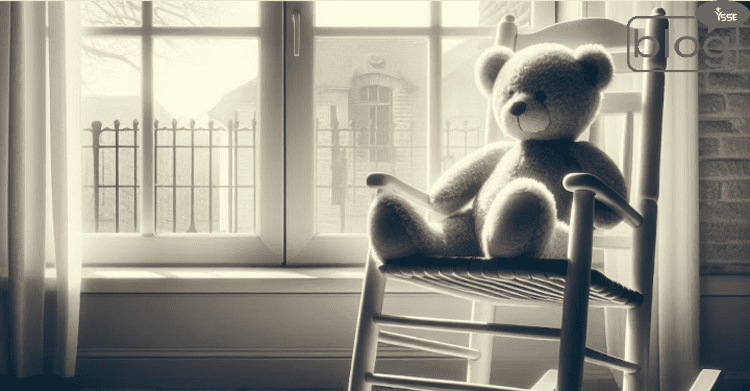Once upon a time, In the not-too-distant future, there lived a young girl named Lily. She was fascinated by technology and had dreams of creating something extraordinary. Lily’s passion led her to dive deep into the worlds of Artificial Intelligence (AI) and Internet of Things (IOT).
Every day after school, Lily would rush to her room, shut the door, and sit behind her computer. She spent hours learning about AI algorithms and how they could be used to make machines think and act like humans. She marveled at the possibilities of a world where machines could process vast amounts of data and make decisions faster and more accurately than any human ever could.
One evening, as Lily was engrossed in her research, she stumbled upon the concept of IoT. She discovered that IoT was all about connecting everyday objects and devices to the internet, enabling them to communicate and share data. The idea fascinated her, and she started to imagine a world where objects around her could interact with each other seamlessly.
Inspired by her newfound knowledge, Lily decided to create a small-scale AI-powered IoT project. She took apart her old teddy bear, named Mr. Fluff, and transformed him into an advanced AI-powered device using a Raspberry Pi and various sensors. Lily named her creation “TeddyNet.”
With TeddyNet, Lily could control her room’s lighting and temperature from her smartphone. She programmed TeddyNet to analyze her sleep patterns and adjust the room’s climate accordingly. It even had a built-in speaker that played soothing sounds to help her fall asleep faster.
TeddyNet caught the attention of Lily’s parents. They marveled at their daughter’s invention and encouraged her to take her creation to the next level. They even decided to invest in her project, hoping that one day it would make a difference in the lives of many.
Driven by their support, Lily expanded her creation to a larger scale. She upgraded TeddyNet’s hardware, making him more reliable and efficient. TeddyNet now had face recognition capabilities, allowing him to identify different family members and adjust settings according to their preferences.
Word spread about Lily’s project, and one day she received an invitation to a prestigious tech fair. Excited about this opportunity, Lily worked hard to make TeddyNet even more advanced. She equipped him with the ability to analyze weather forecasts and adjust the room’s lighting and temperature accordingly, without any manual input.
At the tech fair, Lily’s project attracted a large audience. People were fascinated by TeddyNet’s capabilities, and industry experts were intrigued by the potential of AI and IoT working harmoniously together. Lily shared her vision of a world where everyday objects could communicate with each other and make our lives easier.
As Lily’s project gained recognition, she was offered scholarships and internships from prestigious tech companies. She spent the next few years refining her skills and learning from the brightest minds in AI and IOT.
Years later, Lily emerged as a leading expert in the field. She continued to push the boundaries of AI and IOT, focusing on developing solutions that could enhance the quality of life for everyone. She designed smart cities where traffic signals, streetlights, and transportation systems seamlessly communicated with each other, reducing congestion and saving energy.
Lily’s dream of creating something extraordinary had come true. She had transformed her passion into a force for good, revolutionizing the world through her groundbreaking contributions in AI and IOT.
And as for TeddyNet, he remained by Lily’s side, a constant reminder of where her journey began. Together, they continued to invent and innovate, inspiring others to harness the power of technology to make the world a better place.
For more blogs visit https://ysseblog.com/
Writer,
Content Writing Department, Intern
YSSE

